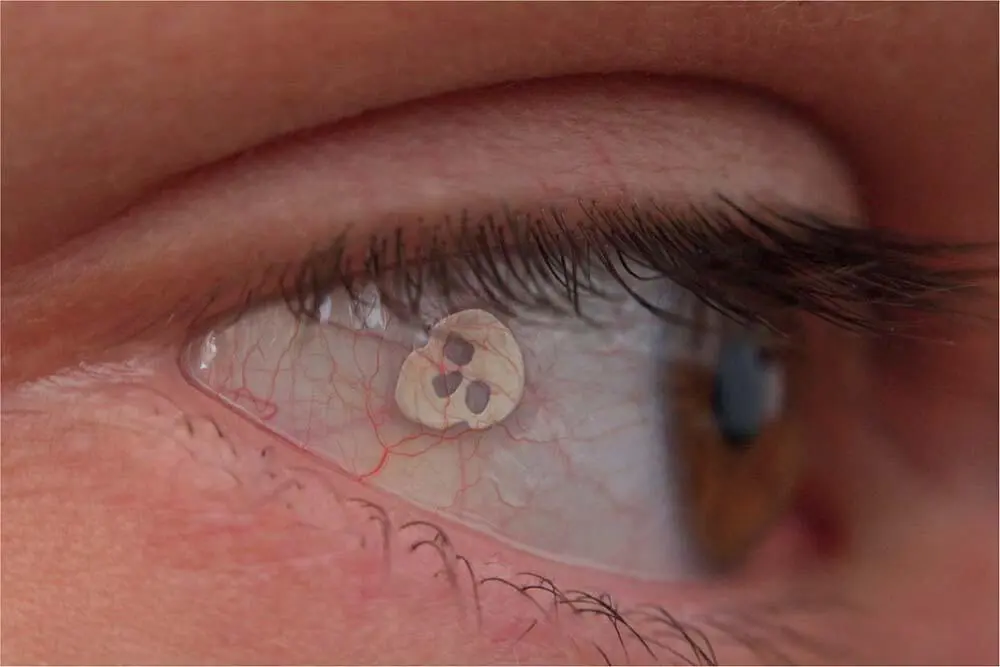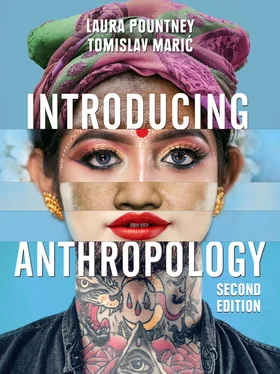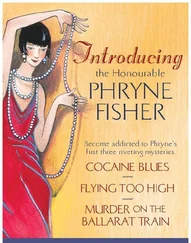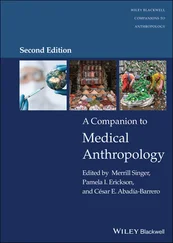There is much that is disturbing about cosmetic surgery. But anthropologists often aim to combine critique with understanding other cultural worlds, which means questioning our own assumptions. One day, while visiting the City of God favela, I encountered an NGO that offered fashion modelling lessons to kids. My first thought: couldn’t resources be better spent on something else? But then I was reminded of a comment by a Carnival designer: ‘Only intellectuals like misery; the poor prefer luxury.’ As an outsider, was there something I was missing? I realized the NGO – like plástica and the wider beauty industry – offered the promise of fame, wealth or a better life. For the poor, beauty can have a paradoxically democratic quality: while attractiveness is a quality awarded to those who don’t morally deserve it, it can also grant power to those excluded from other systems of privilege. One reason there is so much keen interest in beauty in the peripheries of capitalism is that it stimulates dreams of almost magical personal transformation or social mobility, even if such dreams are rarely realized.
Interview an elderly person and ask them to tell you what the ideal of beauty was during their youth (you can ask questions about the way they dressed, beauty routines, style icons, how they met their wife/husband, etc.).
Using magazines, newspapers and books and on the internet, find examples of each technique of body modification (tattooing, scarification, plastic surgery, circumcision, body-painting, etc.) mentioned in this chapter and prepare a presentation for your class. The presentation should include the following:
a description of the body modifications
the significance of the modification for those who have undergone the procedure
how each example reflects the notions of power, individuality or group identity, life transitions, or beauty
your thoughts, ideas and feelings about the body modification you chose before conducting your research. Have your ideas changed? If so, how and why?
Use the concepts from this chapter in your explanations. Support your presentation with ethnographic study. Illustrate the presentation with images before presenting it to the rest of the class.
Use the Pitt Rivers Museum virtual collections ( http://web.prm.ox.ac.uk/bodyarts) in your research.
The skin is the body’s largest organ. Tattooing involves the penetration of the skin with ink in order to stain it permanently with colour – a procedure that is culturally constructed. The word ‘ tattoo’ derives from the Polynesian word tatau , meaning ‘to strike’ or ‘to inflict wounds’. In the past, high-status men among the New Zealand Maori and in the Marquesas, in Polynesia, were tattooed all over their bodies. Considerable portions of the body were also tattooed in Samoa, Tahiti, Hawai’i and other Pacific islands, while in the West tattoos were almost always associated with sailors, adventurers and prison inmates. In Japan, tattoos carried an association with gangsters known as Yakuza. Tattoos, in some societies, have been used throughout history to mark someone as an outcast or as someone else’s property. Examples are the tattooing of slaves in ancient Rome, of gangsters in Japan and China, of convicts transported to Australia in the eighteenth and nineteenth centuries, and of Jews in Nazi concentration camps such as Auschwitz. Prostitutes in some parts of Eastern Europe are tattooed or ‘branded’ as an indication of ownership. Today, modern slavery continues the practice of ‘branding’ slaves in some cases. All these practices denied personhood to certain groups of people. This shows how some bodies were and are, in some cases, controlled and labelled as less important and unequal to others.
tattooA permanent mark or design made on the skin by a process of pricking and ingraining an indelible pigment or by raising scars
body-brandingBranding involves burning the skin with hot or cold instruments to produce a permanent design. It is often used to express ownership of other humans
However, since the 1960s, tattooing has become increasingly popular in the West as a statement of individualism, independence, rebellion and fashion or gang culture. Sports people and celebrities have made tattooing a fashion statement and its popularity has increased as a result. Justin Bieber, Harry Styles and Rihanna are just some examples of high-profile celebrities who are heavily tattooed
Anthropologists have always been interested in studying tattooing and how the body is used to express different meanings for individuals and the cultures in which they live. Tattoos are a visible nonverbal way of expressing many things. They are an example of people using their bodies as a canvas. What is chosen for the tattoo is the result of both personal and cultural factors. A tattoo may be a personal symbol, but it also has social meaning.
Tattoos can provide an effective way of communicating many things, such as personal, social or religious characteristics or cultural pride and identity. They can be linked to a transition from one stage of life to another; they can form part of an initiation that marks the passage from boyhood to manhood or from girlhood to womanhood. For some cultures, tattooing is necessary to establish humans as full social beings. The Roro people of Central Province, Papua New Guinea, describe those who are not tattooed as ‘raw’, comparing them to uncooked meat. Maori warriors of New Zealand have facial tattoos (called moko) to intimidate and distract enemies. Throughout history, in many different cultures, tattooing has been a way of creating an identity.
Globalization: Tattoos and tattooing
In an increasingly global world, designs, motifs, even techniques of tattooing move across cultural boundaries, and in the process their original meanings are often lost or changed. Polynesian tattoo designs worn by Westerners are admired for the beauty of their graphic qualities, but their original cultural meanings are rarely understood. A tattoo in Tahiti was once worn to signify status and beliefs, but in London it becomes a sign of rebellion from conformist culture. Traditional body modifications are given new meanings as they move across cultural and social boundaries. In the past, tattoos in Tahiti showed the importance of an individual’s social status. In contemporary global society, while drawing on traditions from around the world, a tattoo is more likely to indicate a person’s individuality.

Extreme body modifications: Tongue-splitting, implants, earreshaping, beading, corneal tattooing and body-brandingare new forms of body modification in the West. (LeichenParty / Wikimedia Commons)
Skin colour bias originates from the history of slavery and racial oppression. An American Sociological Society paper explains: ‘To justify racial slavery, slave-holding interests promoted a white supremacist ideology which held that persons of African descent were innately inferior to whites. Whiteness became identified with all that is civilised, virtuous and beautiful’ (Hill 2002). Pale skin became desirable because, for hundreds of years, it was associated with wealth and status.
Skin lightening, or skin bleaching, is a cosmetic procedure that aims to lighten dark areas of skin or achieve a generally paler skin tone. Skin bleaching has become a widespread global phenomenon, and in the UK is mainly used by people from African, Caribbean and Asian communities. The trend of skin bleaching is not harmless. People who are already socially and financially marginalized may end up spending a significant amount of money on products that they can hardly afford. Many skin whiteners are associated with proven skin damage or other health risks. Some countries, such as Ghana and Rwanda, have banned skin whitening products. However, whitening remains popular and, according to Statistics MRC, the global market for skin-lightening products accounted for $4075.00 million in 2017 and is expected to reach $8011.17 million by 2026.
Читать дальше













